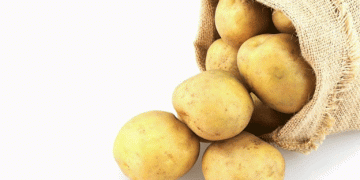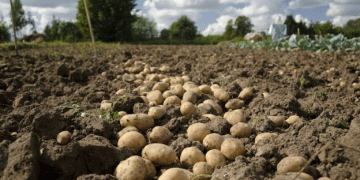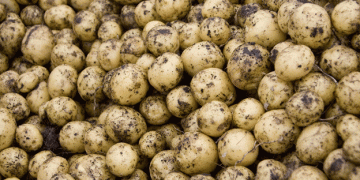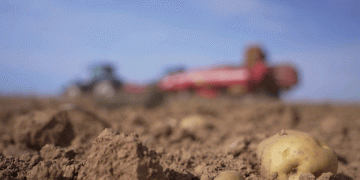Certainly in wet winters without frost, shallow plowing in spring on heavy clay can be beneficial, provided this is combined with a green cover. That says specialist Christoffel den Herder of Ceres Horti Advice.
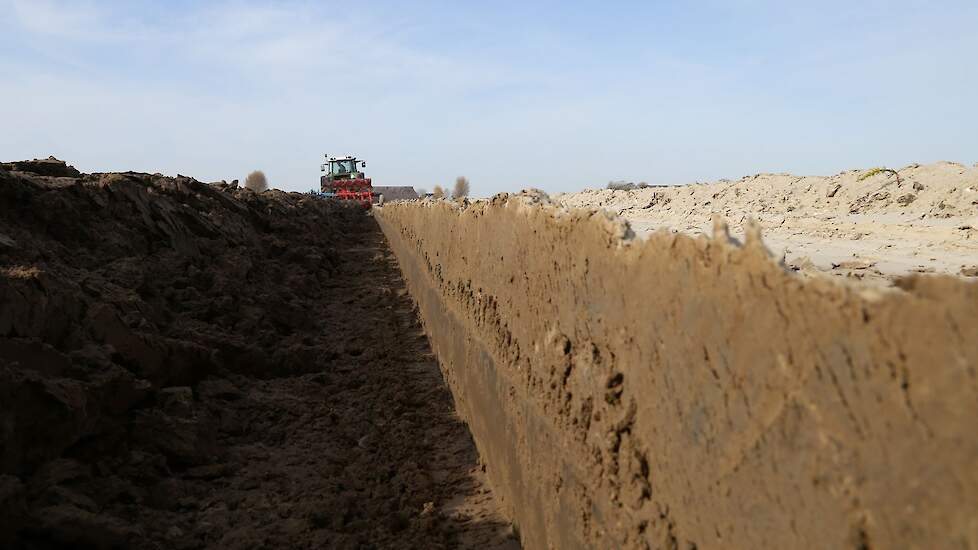
The advantages of a better soil structure (no compaction) and richer soil life through this method can manifest themselves in more carrying capacity, extra mineral supply through the soil and greater resistance to drought and flooding. The yields do not have to suffer. Experience has shown this in recent years on arable farms with heavy clay soil in the Flevopolder. Experience has been gained with this since 2012.
Frost weathering disappears
Certainly in recent years it has been shown once again that global warming, especially in the coastal areas where a lot of heavy clay soil occurs, has resulted in more precipitation and hardly any frost. This is also the case this year, until now. As a result, heavy clay soil traditionally plowed in the fall no longer naturally weathers through the process of shrinking and swelling. Keeping the soil covered in the winter reduces the impact of a lot of rainfall and stimulates soil life.
The more earthworms are active in winter and the more diverse in nature, the better the soil biology and structure. Den Herder recommends not to cut back on the amount of green manure seed. Since a lower plant number per hectare can lead to more above-ground mass, which is a nuisance when preparing the land for sowing.
Timing in the spring is crucial
A major disadvantage of spring plowing on heavy clay is that growers then have to do everything in their power to plow and sow at the right time, especially during a period when there is already a peak in labor. When sowing too early, there is a risk of soil sticking to the machines and a risk of soil compaction.
If sown too late, there is a risk of a much too clumpy seedbed and poor emergence, as was often the case in the spring of 2020. The dependence on the weather development is therefore very high for spring plows. On lighter soils there is much more opportunity to make a good seed bed than on heavy clay soil. It is not without reason that heavy clay soil is traditionally plowed in the autumn.
It is therefore of the utmost importance to realize how quickly the soil can dry up in the spring with the rapidly increasing day length under favorable weather conditions. Den Herder recommends that with early sowing crops such as onions and sugar beets, you consciously weigh up the benefits of sowing a week later when preparing the soil for sowing. Precipitation forecast also plays a major role. Showers on the soil prepared for sowing cause the weathering of large clods.
Machine choice
In addition to the weather conditions, the choice of machine can play a major role in the successful preparation of heavy clay soil in the spring. For example, the technical equipment of the kopeg and the type of roller or flat plate. Den Herder strongly recommends a roller that presses dry clods into the substrate so that the clods can still weather. He recommends a plowing depth of 15-17 centimeters. In practice, however, it turns out to be difficult to plow 15 centimeters.

But the deeper you plow, the more fertile organic matter rich soil becomes inaccessible to the crop to be sown in the first stage of development. Due to the organic matter rich topsoil, weeds threaten to overgrow, especially as soon as the soil is no longer cultivated. More weed control is needed with shallow plowing in spring.



